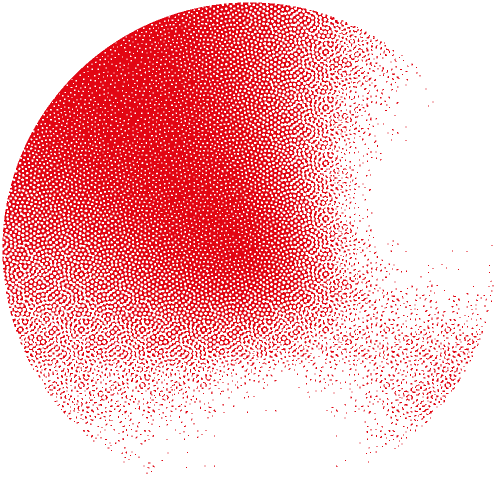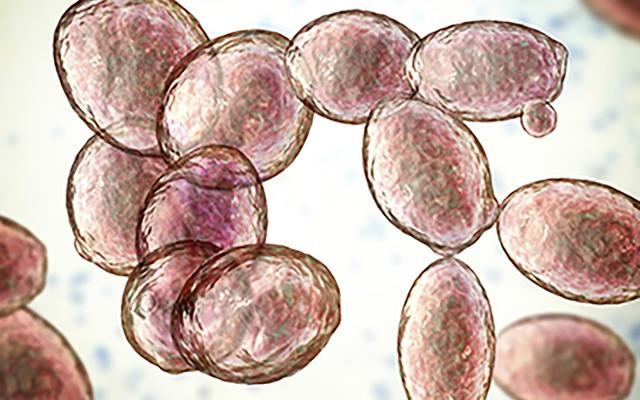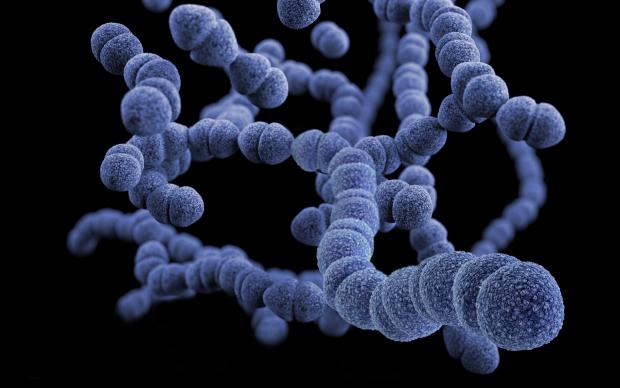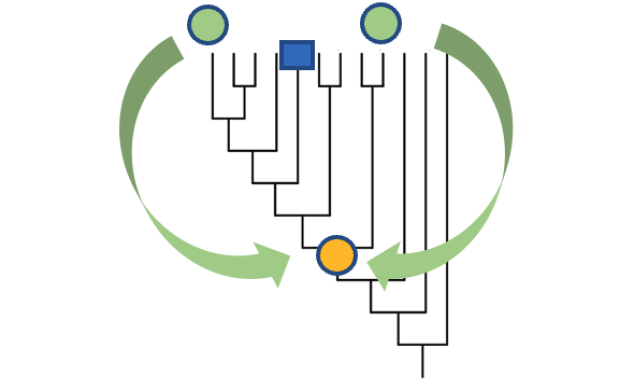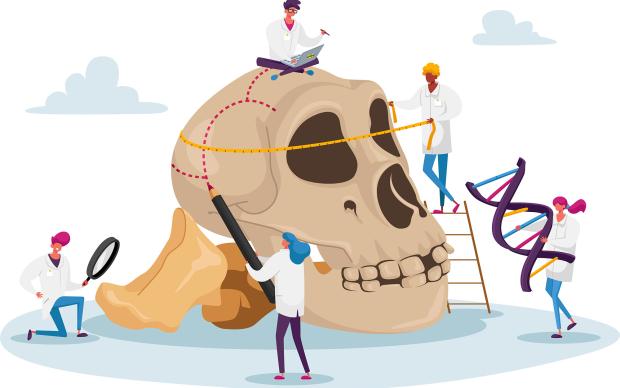Over 40% of our genome is made of transposable elements - self-replicating DNA sequences that have the ability to change their position within a genome. With all their jumping and copy/pasting, these ‘genomic parasites’ may contribute to the genetic diversity of organisms to some extent – but often they disrupt gene functions. What is driving their multiplication, or keeping them in check? SIB’s Kamil Jaroň (University of Lausanne) and colleagues suggest that sex is the mechanism for their success by showing that asexually reproducing yeast is better at controlling the spread of these sequences by discarding them over time, through a putative defense mechanism. Their results are set out in a paper published today in the journal eLife.
Sex at the root of genomic parasites' success
Theory predicts that the way organisms reproduce plays an important role in the proliferation rates of transposable elements (TEs): sexual reproduction could facilitate their accumulation by allowing them to colonize new genomes and spread throughout populations, while by the same token, reproduction by clonality could restrict their spread. “However so far, the reported differences in the amount of transposable elements between asexually versus sexually reproducing organisms have been largely inconsistent, as populations observed in nature are influenced by several confounding factors,” says Kamil Jaroň, co-first author on the paper. The experimental yeast S. cerevisiae, which can reproduce sexually and asexually, is an ideal model to address these questions. “We took advantage of existing data on yeast populations, generated in a previous study, to quantify the role of sex in the load of transposable elements.”
Using these data, the scientists assessed the number of copies of transposable elements in the genomes of four sexual and four asexual strains over time: “We looked at the evolution of the TE load in sexual versus asexual strains of yeast over 1,000 generations, and showed that asexual yeast lost these genetic parasites over time, whereas sexual populations kept stable numbers of them.”
A putative defense mechanism at play
Computational simulations further helped the authors to explore the potential mechanisms used by asexually reproducing yeast to keep their TEs in check. “We compared the simulated TE loads with our empirically observed ones. We could fit models taking several mechanisms into account, such as varying levels of transposition rates, or variable defense mechanisms in the yeast genome,” explains Jaroň. “While the setup did not allow us to disentangle the exact underlying mechanisms, our simulations showed that some form of defense gene seems to be able to spread more quickly in asexual lineages than in sexual ones.”
“Both sexual reproduction and transposable elements are prevalent across the eukaryotic tree of life, and our results suggest that this is not a coincidence: sexuality actually allowed the evolution and prevalence of these genomic parasites. Luckily for us, sexuality also comes up with various strategies to prevent the deleterious effects of transposable elements,” concludes Jaroň.
Reference(s)
Bast J, Jaroň K S et al. Asexual reproduction reduces transposable element load in experimental yeast populations. eLife.
